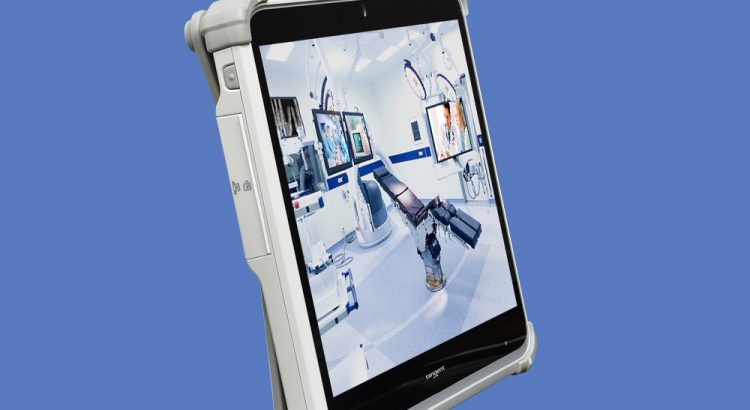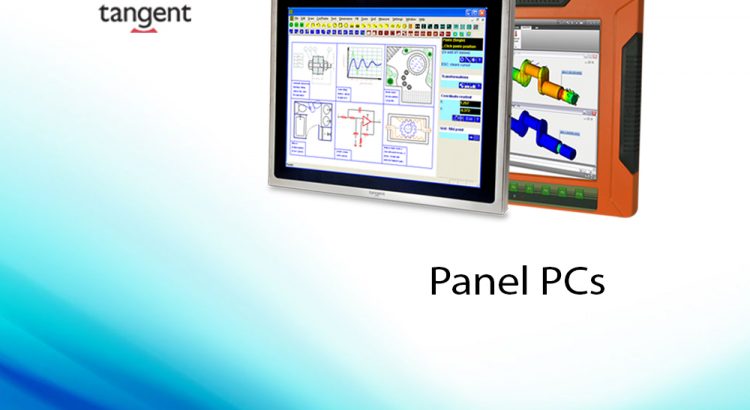It may be surprising to hear, but calling a monitor “medical grade” isn’t just a marketing tactic. To be a medical monitor, the medical monitor must meet certain legal criteria that allows for the use of the term. These criteria, such as EN/IEC 60601-1 compliance, help keep both patients and doctors safe from workplace hazards. […]
Tag: #medicalpanelpc

Medical All-In-One PCs
Tangent’s medical all-in-one PCs are built for 24/7 use in the hospital setting. Our line of medical all-in-one PCs are highly customizable to fit your workplace needs, and are designed with physician and patient safety and hygiene in mind. IP65 Sealed and Protected Tangent’s medical all-in-one PCs like the Medix T24B are IP65 certified […]

Panel PCs: Tangent’s Product Line
Powerful Medical Panel PCs to Meet Your Needs Tangent’s lineup of Medical Panel PCs are designed to exceed the need of the hospital setting. All of our Medical Panel PCs are UL/cUL 60601-1 and IEC 60601-1 Certified, run industry standard EMR software, and feature widescreen displays. Our Medical Panel PCs have a fanless design, making […]
